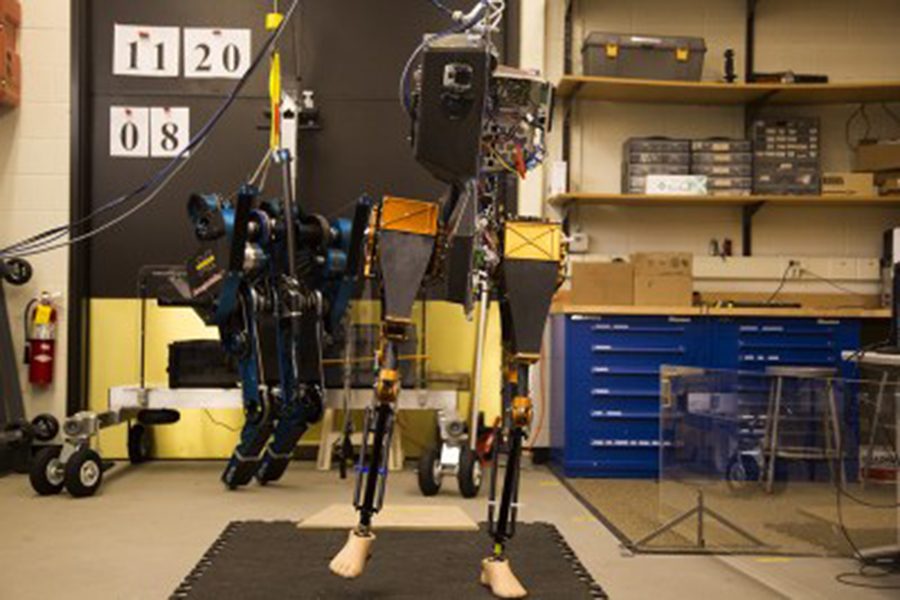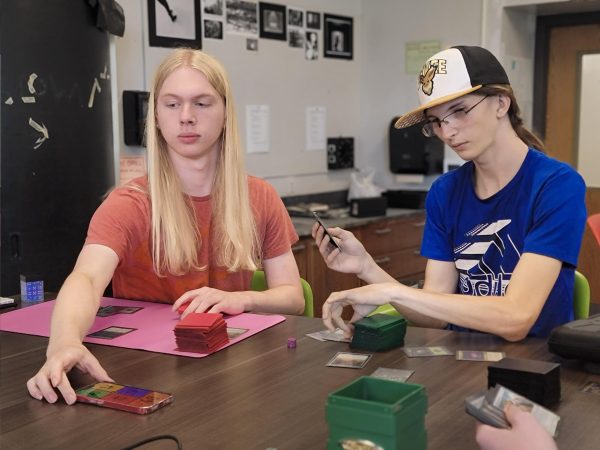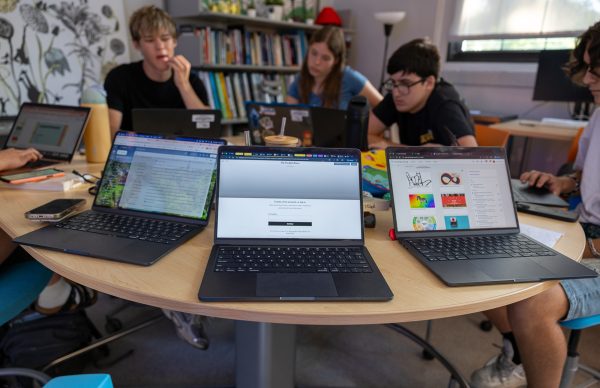University of Michigan Robotics: An Autonomous Future
Fumes came from one corner of the cluttered room where two students wore operation masks. Another sat wide-eyed at a computer. The area is a stripped boiler room turned into a laboratory in the Electrical Engineering and Computer Science (EECS) building on the University of Michigan’s North Campus housing the groundbreaking autonomous robot MARLO.
In 2014, U of M added a brand new robotics department to their North Campus hub of engineering. Professor Jessy Grizzle was appointed Director of the Department.
In their first semester they began with only five PhD students and six Master’s students. Last year they had 600 applicants, and now have roughly 25 PhD students and 60 Master’s students.
In less than three years, they became ranked as the second best robotics program in the country according to Professor Grizzle. “Most robotics programs have grown out of computer science departments, and so they’re heavily programing based,” Grizzle said. “Ours is really a joining of philosophies from electrical and computer engineering, computer science, mechanical engineering, aerospace [engineering], naval architecture and civil engineering, so we have a much broader perspective than other schools.”
That broad perspective brings to life a problem for the department: because they are spread across all of these departments, it is difficult to collaborate as a department. This inspired a brand new, 140,000 square foot robotics building on North Campus.
Todd Ciesielski is leading the design management of the project. He is a Senior Project Manager at U of M who manages research based capital projects. The robotics building is expected to be complete early 2020 and it will cost 75 million dollars.
It will provide many advantages that were previously unavailable to researchers at U of M including an indoor space for flying vehicles, an outdoor course for walking robots and will provide collaborative spaces throughout the building for faculty to share research ideas. “This new facility will provide faculty the ability to co-locate all of these different robotics-based research under one roof,” Ciesielski said.
The fourth floor of the new facility will be dedicated researchers from Ford Motor Company. A partnership between Ford and the University allows close collaboration between academia and industry. “We’re giving them close access to people and students, and I think they’ll view the students as a huge resource,“ Grizzle said. “The other thing that they bring is that they have knowledge of what it takes to make a product practical and for consumers to want to buy it. The university people tend to know a lot of fundamentals, but maybe not enough of the social aspect of what it takes to make a product successful.”
One valuable resource for new researchers is their 32-acre vehicle testing site, M-City. It opened on Jul. 20, 2015 and features various road surfaces, roadside attributes, turns, tunnels, ramps and a 1000-foot straightaway.
But autonomous vehicles are only just being introduced to the public. Cars with autonomous parking and autonomous emergency braking have been around for a few years, but fully autonomous vehicles are a newer concept. There have been various fatal accidents due to malfunctions in cars like this. One example is a crash that occurred on May 7, 2016 when the brakes failed to apply after a tractor-trailer turned in front of the Tesla Model S set to self-driving mode.
One suggested downside to the rise of autonomy is that autonomous humanoids and other robots will replace jobs. Professor Grizzle disagrees, saying it would open up more opportunities that we haven’t even thought of yet. “I mean what happened when Henry Ford made the Model T?” Grizzle said. “Everybody was saying, ‘Wow, the horse industry is coming to an end, and look at all those people who are raising horses and feeding horses and training horses, all of their jobs are gone.’ But I think we did a lot more with the automobile industry.” He suggests that these robots will work in teams with people to go places we never would have sent humans. “ Every time we make a leap in technology, people find new jobs to create new jobs around it.”
Michigan Anthropomorphic for Locomotion Outdoors (MARLO)was created by Professor Jessy Grizzle and Jonathan Hurst. University of Michigan received her in late 2012, and has spent the last four years further developing the robot. “We call MARLO a she because she is named after Marlo Thomas,” Grizzle said. “She was an actor born in Detroit. MARLO is our first robot that is off of a boom. We’ve been working on these simplified robots where the lateral stability was taken care of.”
One of Professor Grizzle’s goals with MARLO is to create software that can be utilized by researchers everywhere. “The other thing we have to do with MARLO is that whatever we develop for her has to work for big broad classes of robots,” Grizzle said. “We don’t want just a one-of-a-kind solution.” Robots using MARLO’s technology include DURAS, a humanoid robot at Georgia Tech, prosthetic limbs at the University of Texas Dallas and a start-up in France building exoskeletons.
The other thing that makes MARLO special is that she does not have a camera system, so she is walking blind. That capability could be useful for search and rescue. For example, it is difficult for firemen to see through smoke, so their range of vision is minimal. “If you’re counting on a camera system to give you the lay of the land for foot placement, you’re going to be in big trouble,” Grizzle said. “So with our robot, as long as you know plus or minus 10 centimeters, she’ll be fine.”









